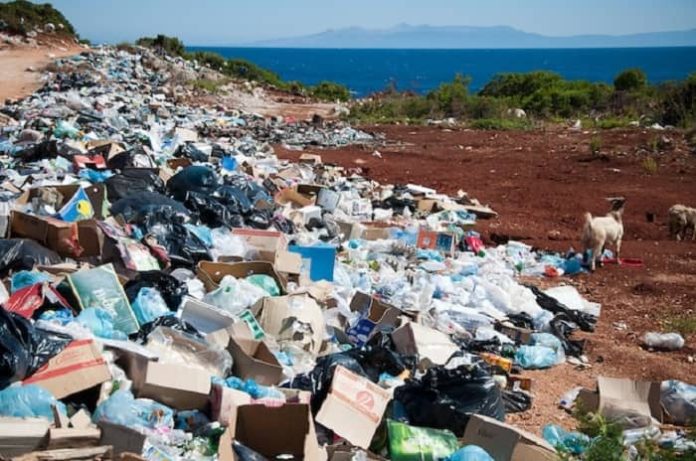How much do you know about the so-called ‘plastic problem’? If you are like most people, you probably consider yourself fairly well-educated. But truth be told, most of us know very little. Most of us probably wouldn’t even consider the possibility that the plastic problem might not be as big as we have been led to believe.
A recently released report published in the Nature Geoscience journal suggests just that, at least where plastic pollution in the ocean is concerned. The report claims that the actual amount of plastic ending up in the world’s oceans every year is less than 10% of what researchers claimed just eight years ago.
None of this is to say that plastic pollution is not a problem. Pollution isn’t good no matter the form it takes. But the new report is compelling evidence suggesting that it is unwise to believe estimates simply because organizations with scientific-sounding names put the data out there.
Related: What are the Benefits and Demerits of Bottled and Jarred Packaged Goods?
Previous Estimates Were a Guess
A widely circulated study published by the Science Journal in 2015 suggested that between 4.8 and 12.7 million tons of plastic waste was making its way into the world’s oceans every year. On average, this is 8.75 million tons per year. But go read the study’s abstract and you will discover something interesting in terms of how those estimates were reached.
The study’s authors looked at “solid waste, population density, and economic status” in order to estimate the amount of land-based plastic ending up in the oceans as waste. But by their own admission, the researchers acknowledge that “the quantity of plastic entering the ocean from waste generated on land is unknown.”
What does that mean in practical terms? It means they guessed. Not only that, but the data they used to justify their guess also had little if anything to do with plastic pollution itself. The report’s estimation of an average of 8.75 million tons of ocean bound plastic waste was sketchy from the very start.
Far Less Than Previous Estimates
The more recent research does not rely on guesses based on socioeconomic status and population density. Rather, it utilizes satellite imagery that allows researchers to observe plastic floating in the oceans. Their computer-generated “3D global marine mass” model suggests an estimate closer to 500,000 tons of plastic waste floating in the water.
So much plastic in the ocean is nothing to laugh about. But 500,000 tons is a far cry from 8.75 million tons. The two estimates are not even in the same league. This notwithstanding, even the more conservative estimate should not be treated as scientific fact. It is still just a guess, albeit a guess based on observation rather than irrelevant data.
It Doesn’t Have To End Up In The Water
A more important point to all of this is that plastic waste doesn’t have to end up in the water. It gets there because we put it there. We don’t have to. Look no further than Tennessee-based Seraphim Plastics for evidence.
Seraphim buys tons of plastic scrap from manufacturers and industrial enterprises. Using a simple mechanical recycling process, they reduce the scrap to small pellets they turn around and sell as regrind. Guess what? They are not the only ones doing it.
We have a noticeable problem with plastic waste because we choose to avoid dealing with that problem in an effective way. Still, successful industrial plastic recycling proves that the problem can be addressed. It may not be as big a problem as we have been led to believe, but it is still one worth solving.

